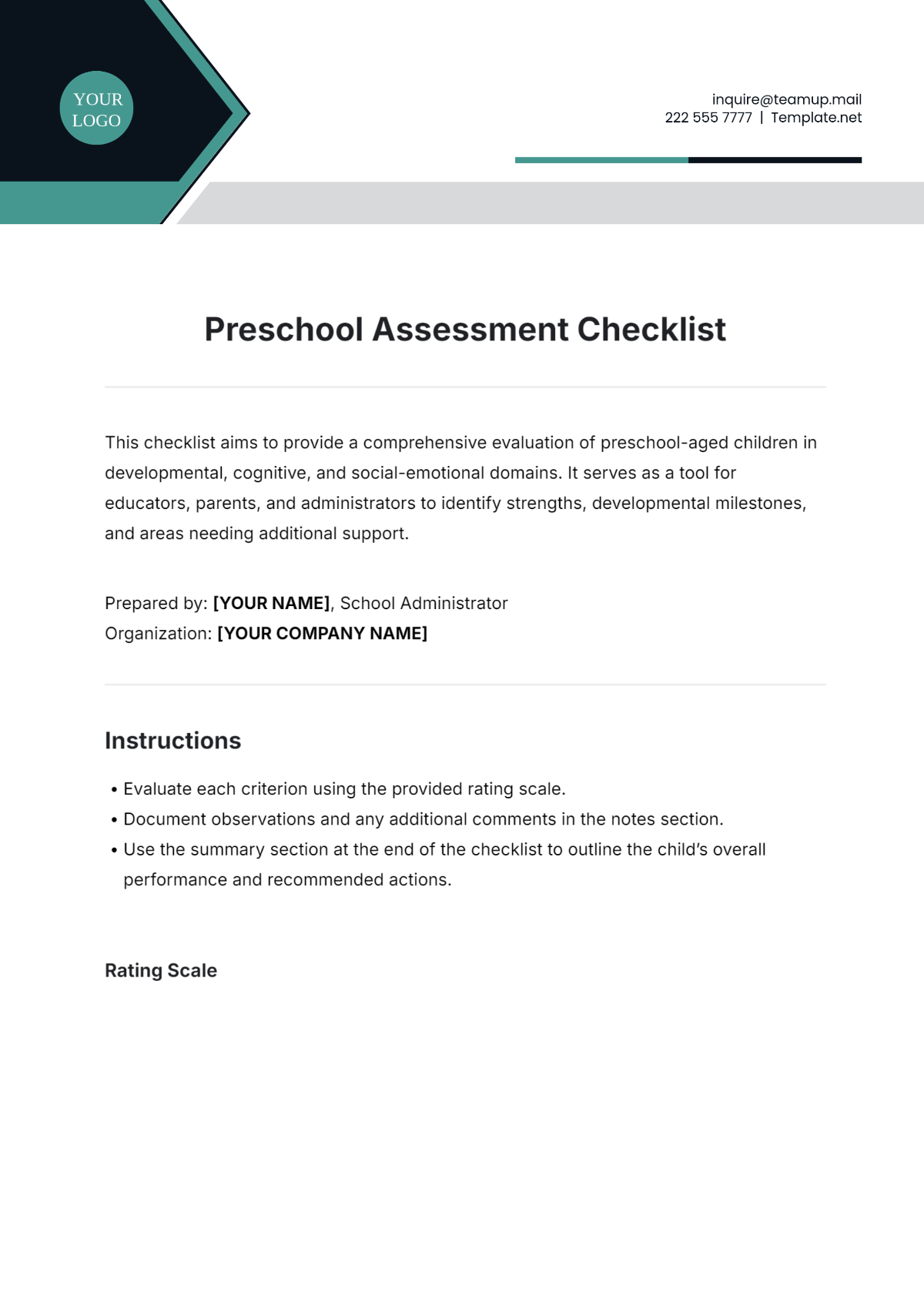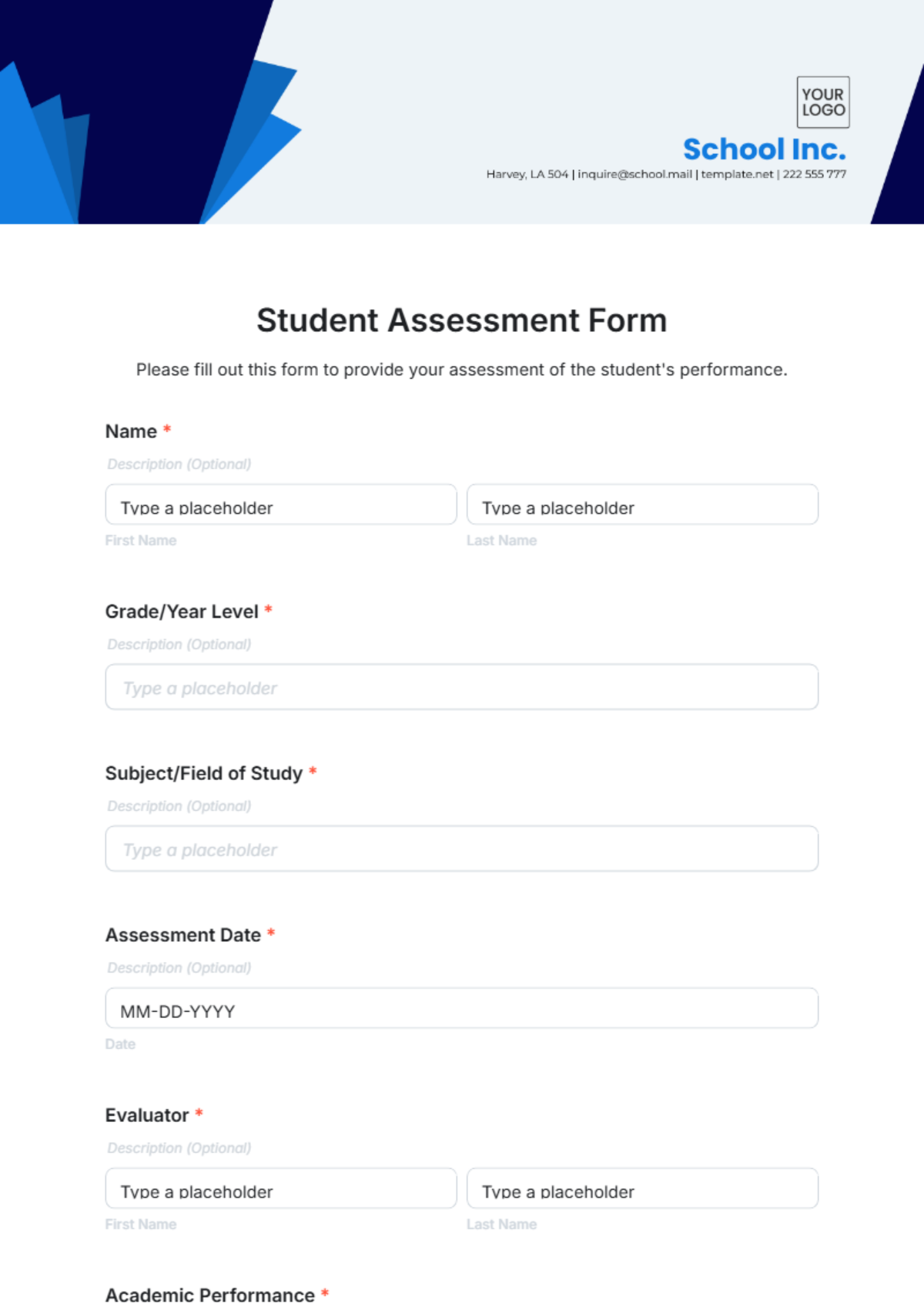SALARY BENCHMARKING ASSESSMENT
Introduction
Purpose
The purpose of this Salary Benchmarking Assessment is to evaluate and compare the salary structures within [Your Company Name] against industry standards. This will help in making informed decisions regarding compensation adjustments, talent acquisition, and retention strategies.
Scope
This assessment covers the following roles within the organization:
● Software Engineers
● Marketing Managers
● Sales Executives
● HR Specialists
● Administrative Staff
Methodology
The methodology involves collecting data from various sources, analyzing the data, and then comparing it against the existing salary structures within [Your Company Name].
Data Collection
Sources
● Public Salary Surveys
These are surveys conducted by third-party organizations that provide a broad overview of salary ranges for various roles across different industries.
● Industry Reports
These reports are often published by industry-specific organizations and provide in-depth information on salary trends, often segmented by role, experience, and location.
● Government Statistics
Data from government labor departments can provide a reliable baseline for salary expectations, especially when segmented by region.
● Competitor Analysis
Salary data from direct competitors can offer valuable insights into how your company should position its compensation packages.
Criteria
● Job Role
Each job role has its own set of responsibilities and skill requirements, which are considered during data collection.
● Experience Level
Experience level is a crucial factor that significantly impacts salary. Data is collected for entry-level, mid-level, and senior-level roles.
● Geographic Location
Salaries often vary by location due to cost of living and demand for specific skills. Data is segmented by region for a more accurate comparison.
● Company Size
The size of a company can influence its salary structure. Data is collected from companies of similar sizes for a more accurate benchmark.
Data Analysis
Data Segmentation
● By Job Role
Data is segmented by job role to provide role-specific insights, which are crucial for targeted adjustments in salary structures.
● By Experience Level
Segmenting data by experience level allows for a more nuanced understanding of how salaries should be structured within each role.
● By Geographic Location
This segmentation helps in understanding the geographic variations in salaries, which is essential for companies operating in multiple locations or considering remote work options.
Statistical Methods
● Mean
The mean provides an average salary figure, but it can be skewed by outliers.
● Median
The median offers a more balanced view by eliminating the influence of outliers, providing a more accurate representation of the central tendency.
● Standard Deviation
This measures the variability or dispersion of the salary data, which can be useful for understanding the range within which most salaries fall.
Benchmarking Results
Overall Comparison
Role | Company Average Salary | Industry Average Salary | Difference (%) |
Software Engineer | $100,000 | $110,000 | -9% |
|
|
|
|
|
|
|
|
|
|
|
|
|
|
|
|
Role-Specific Comparison
● Software Engineers: Experience Level vs Salary
Geographic Variations
Data Collection
Data has been collected for the following locations:
● New York
● San Francisco
● Chicago
● Austin
● Remote
Analysis
● Software Engineers: Geographic Salary Comparison
Benefits and Perks
This section discusses the non-monetary benefits and perks offered by [Company Name] and how they compare with industry standards.
Types of Benefits
● Health Insurance
● Retirement Plans
● Paid Time Off
● Work-from-Home Flexibility
Comparison
Benefit Type | Company Offering | Industry Standard | Difference |
Health Insurance | Standard | Premium | Below |
|
|
|
|
|
|
|
|
|
|
|
|
Future Projections
This section provides future projections for salary adjustments based on current trends and market forecasts.
Projections for 2051
Based on the current data and market trends, the following projections are made for the year 2051.
● Expected rise in Software Engineer salaries: 5%
● Expected rise in Marketing Manager salaries: 3%
● Expected rise in Sales Executive salaries: 4%
Recommendations
Based on the benchmarking results, the following recommendations are made:
● Increase the base salary for Software Engineers by 8% to match industry standards.
● Implement performance-based bonuses for Sales Executives.
● Review compensation for HR Specialists, focusing on additional benefits like health care and retirement plans.
Conclusion
This Salary Benchmarking Assessment provides valuable insights into how [Your Company Name]'s compensation packages compare with industry standards. Implementing the recommendations will help in talent acquisition and retention.

















































